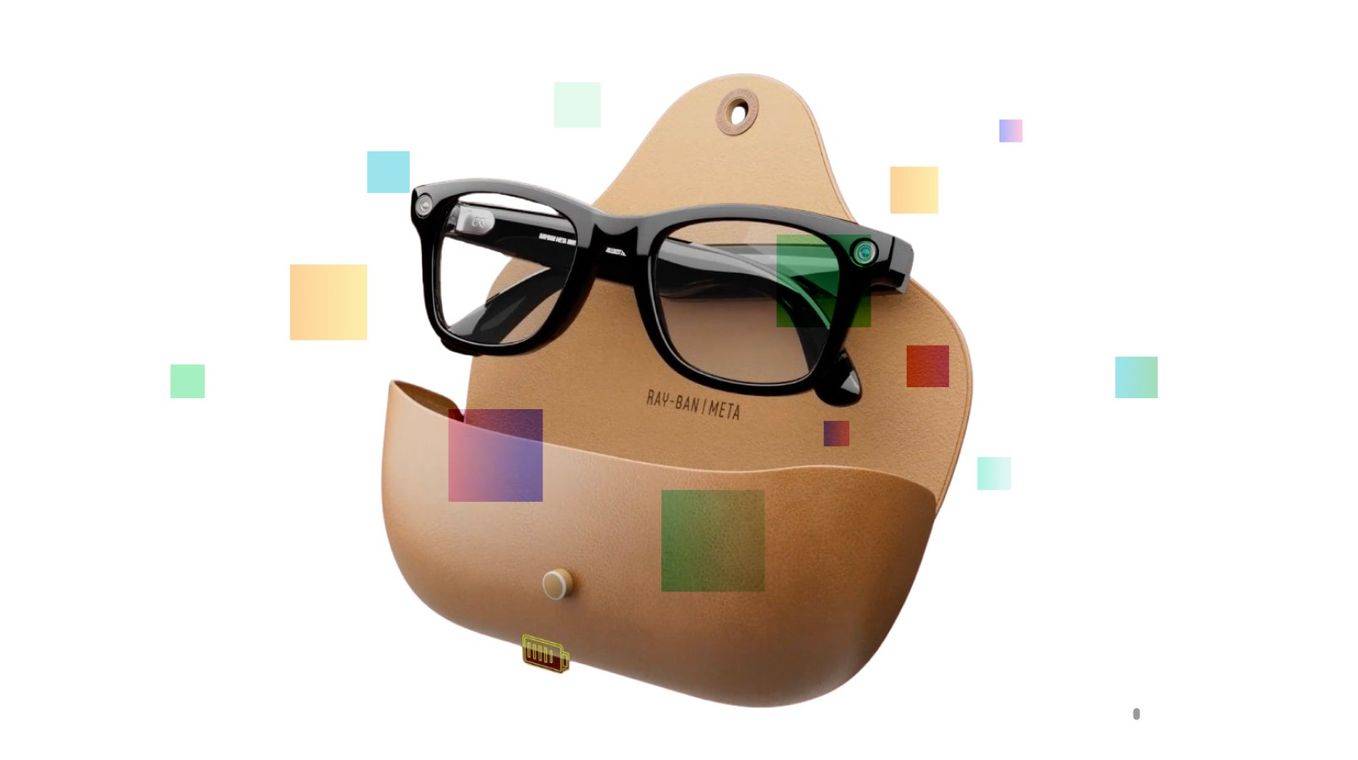Most engineers agree that better visibility into their assembly lines would improve their processes, yet few have that visibility. Anna, our CEO, was emailed a question recently that sheds some light on why so many engineers are frustrated with traditional vision systems:
“I have seen some vision based inspection systems implemented on production lines and all had very poor success. Constant misses of defects, tremendous customization of the assembly line for the vision system, and finding the right lighting. How does Instrumental do this without costing millions of dollars?”
The asker is right—vision systems can be a pain. Aside from quality issues, they have a lot of hidden expenses. They need to be customized for individual assembly lines and are finicky with lighting. Consultants must be hired to program ‘rules,’ used to determine whether units have defects based on known parameters, into the equipment, and to integrate the system with the rest of their processes. The equipment generates valuable data, but it’s often hard to use: most vision systems either don’t save the images of the units at all, or if they do, put them in a difficult-to-access FTP server or S3 bucket.
We’ve minimized those factors in our inspection and data system:
- The only part of the stations that we typically customize is the nest that holds the units in place while they’re being photographed. The station itself fits most hardware products, but we’re happy to provide different size stations if your product requires it.
- Our system is modular and the inspection stations use integrated lighting that we tune to get high-definition, high-contrast images.
- The system is simple enough that customers’ engineers can set it up without expensive consultants, and we assist with this process as part of our normal service for no additional charge.
- Our software is easy to use: in just a few clicks, you can set up a test to discover and track anomalies in your units.

- We work directly with your engineers to understand your manufacturing process, and use our manufacturing and mechanical engineering expertise to pinpoint the most crucial parts of your process to inspect.
- Our anomaly search features allow engineers to quickly triage units, and they are much more likely to use our system when actionable data is easy to access.
Instrumental is a complete vertical stack that ties the data from our inspection stations directly into a secured database, and packages that data in an actionable format. For less than the cost of implementing one vision system, our customers get an array of Instrumental equipment at key stages of their assembly process. That includes installation, a completely integrated data backend to process and store that data for the duration of the program, and intuitive software that generates powerful insights into that data so they can improve their products and processes.
We think it’s a pretty good deal.
Instrumental’s tools help hardware teams catch defects early during development and transition seamlessly into production, for a fraction of the cost and hassle of traditional vision systems. Get a demo today!
Related Topics



